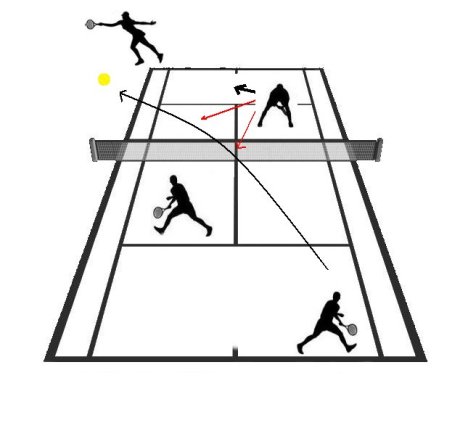TimeToPlaySets
Legend
I was finally taught how to hit a defensive ball.
Normally, when pushed back by a high deep ball, I would try to hit it like every other groundstroke.
Result was many shorts hitting the back curtain. Often, a line drive barely clearing the net.
Just hitting it too flat. Low percentage shot.
I really focused on swinging low to high, and just brushing it up,
and just giving topspin lob that lands deep.
The ball is really arcing. Clears the net by a mile.
It's a lazy casual topspin lob (not a bunted or blocked lob)
There is topspin. Like the whole shot is topspin.
It's not forced, and it's under a control. HIGH PERCENTAGE SHOT.
It just seems to natural to return a high ball back as a high ball.
Like you're not redirecting it or something.
I LOVE THIS SHOT.
Keeps you in the point, and there is no way anyone is hitting that back for a winner.
The last example is just what I am talking about.
Normally, when pushed back by a high deep ball, I would try to hit it like every other groundstroke.
Result was many shorts hitting the back curtain. Often, a line drive barely clearing the net.
Just hitting it too flat. Low percentage shot.
I really focused on swinging low to high, and just brushing it up,
and just giving topspin lob that lands deep.
The ball is really arcing. Clears the net by a mile.
It's a lazy casual topspin lob (not a bunted or blocked lob)
There is topspin. Like the whole shot is topspin.
It's not forced, and it's under a control. HIGH PERCENTAGE SHOT.
It just seems to natural to return a high ball back as a high ball.
Like you're not redirecting it or something.
I LOVE THIS SHOT.
Keeps you in the point, and there is no way anyone is hitting that back for a winner.
The last example is just what I am talking about.
Last edited:




